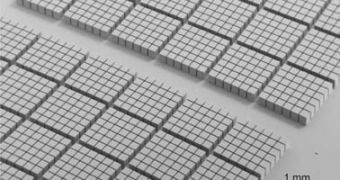Computer chips, processors and different components that are a part of what we now call a computer system have had an exponential increase in frequency, power consumption and heat dissipation. And it's a well known fact that heat is the biggest component "killer", so measurements were taken in order to prevent this from happening.
It's true that the first processors only had a passive radiator stacked on top of it and it was the only thing needed back then, but soon after it became obvious that when you are unable to hold your hand on top of the radiator, that meant the heat was excessive. So coolers started appearing in the case, taking the silence away from the system and giving you another reason to interact with the computer, you had to open the case and wipe the dust from it.
This later evolved to current cooling technologies, which include water cooling, Peltier or phase change cooling, even the usage of a refrigerator's cooling system has been adapted for PC usage. But still, besides air cooling, the other solutions are expensive and don't have a practical use in the server domain and aren't that much taken into consideration by PC manufacturers, the costs required by implementing such systems isn't worth it when it comes to mass production.
But IBM has a solution for all of this, they've come up with a technology called the "high thermal conductivity interface technology". This is based on the same architecture that plants and humans use to cool down their bodies quickly and efficiently. What they came up with is a chip cap with a "network of tree-like branched channels on its surface." This allows for thermal paste to be applied uniformly on the entire cooling surface, keeping the pressure uniform. Their main reason for this was that air-cooling is reaching its limits, not being able to cope with the newer chips that produce a lot of heat and since there is no cheap alternative, their design team managed to make one take shape.

 14 DAY TRIAL //
14 DAY TRIAL //